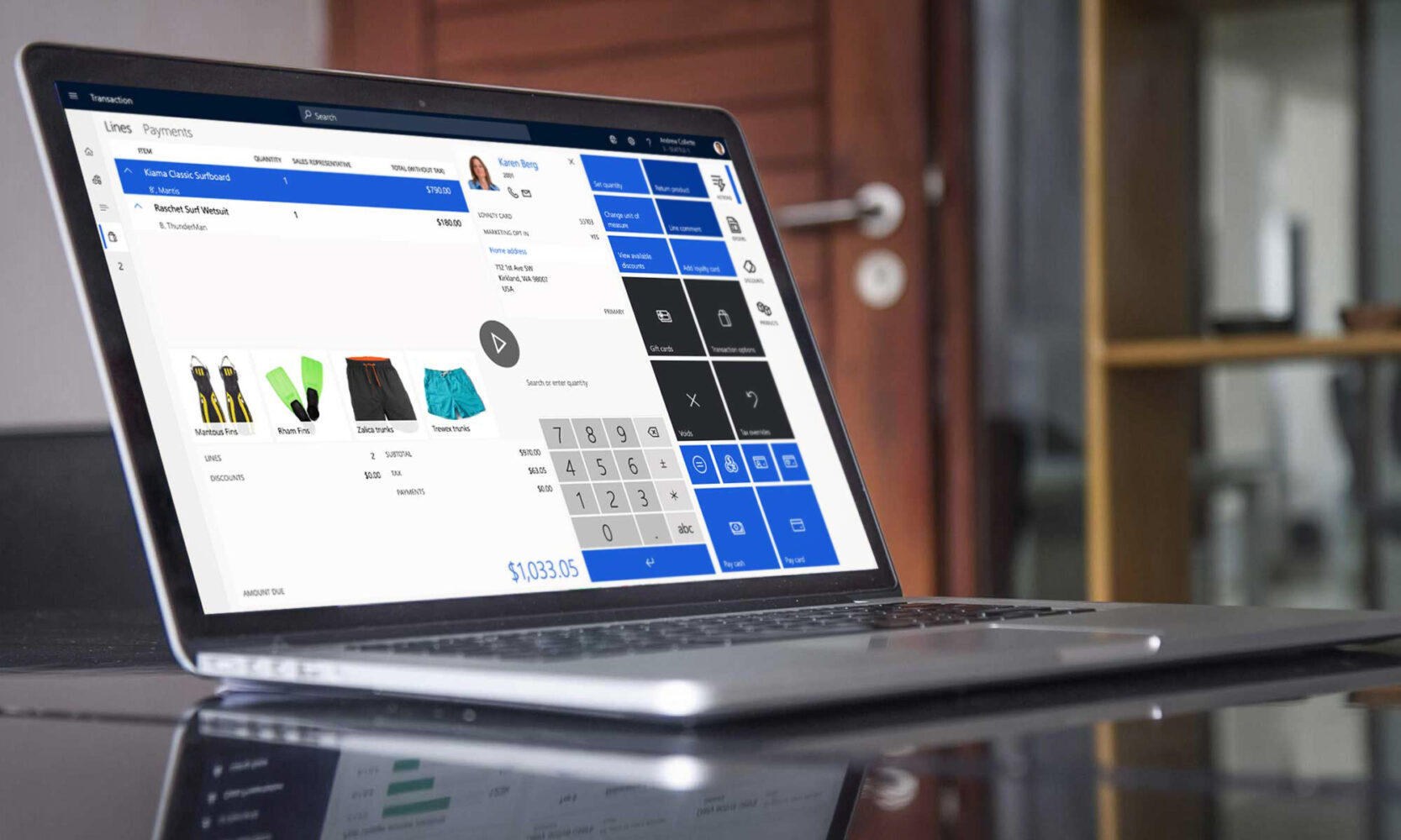
This IT problem can kill your retail business. Here’s how to avoid it.
A report reveals some of the classic characteristics of retail companies that are feeling challenged in the omnichannel universe. Fortunately, there is also a solution.
When legacy systems strain to make the leap to omnichannel: Here is the problem and the most effective solution.
Several elements must come together to facilitate retailers moving from brick and mortar shops to a successful omnichannel approach. Physical stores, webshop, inventory management, marketing, customer service, invoicing, and more must merge into one harmonious, well-functioning machine.
Every year, B2B retailers show that it is indeed possible to transform their business.
The fact is that some players in the retail space are still finding it difficult to adapt their business to the new reality.
Their challenges are often due to faulty IT systems. Notice that ‘systems’ is plural. The lack of a single system geared to operate an complete omnichannel business creates major challenges for companies.
Instead of one system, they have a tangled web of different systems, each one performing its own tasks. Experience shows that this type of division across systems almost always ends badly.
The most successful retail companies are transforming their business into omnichannel. Read how in our latest e-book: Transformation in B2B retail: 5 challenges and how to solve them.
Out-of-date systems in retail
Systems cannot communicate with each other. Data is updated manually rather than across channels.
Product details and prices vary. Stock is not updated accurately in the webshop. And time-to-market simply takes too long.
Forrester Research focused on the problem with having multiple systems in a recent report.
- Too many systems: Researchers behind the report spoke to companies that use different systems for stock lists, warehousing, physical stores, online retail, etc. This meant, for example, that the systems had to be updated separately when the companies wanted to introduce new products or campaigns. That lengthened time-to-market.
- Inflexible systems: In addition to using too many systems, the individual systems were inflexible. It took far too long to update them, and it took far too long to implement even the smallest adjustments in the setup of the webshop. This made it difficult for companies to launch new products or product categories, execute campaigns and introduce their products to new markets.
- Out-of-date storage systems: A recurring problem was inadequate storage systems, which were simply not designed to support both physical stores and online sales and interaction between the two channels. The systems were far too dependent on manual actions and cannot be updated synchronously with precise data about which items are in stock, which are sold out, which will soon be back in stock and more
Basically, legacy B2B retailers have struggled with systems that are simply not geared for omnichannel.
“Too many systems don’t communicate, need to be updated separately and basically aren’t created for an omnichannel world. This creates enormous challenges. Especially when you consider the expectations consumers have today to be able to shop online,” explains Paw Steffensen, General Manager at AlfaPeople.
What is the solution? Let’s take a closer look.
A single system results in more sales in retail
Forrester Research described what happens for B2B retailers when they integrate all omnichannel functions into one unified system.
The report examined the results experienced by companies that replace their original patchwork of different systems with a unified solution like Microsoft Dynamics 365 Commerce:
- Improved inventory management: Companies experienced more reliable and efficient inventory management, including features that create and share accurate inventory data across channels. Precise data on inventory, for example, made it possible to replenish the warehouses in line with demand. It also was possible to use stock from physical stores to fulfill orders from the webshop.
- Greater sales in brick-and-mortar stores: Fears that online sales would cannibalize brick-and-mortar sales turned out to be unfounded. Physical sales actually increased following the transition to a single, unified omnichannel system. This is due, among other things, to the fact that the companies were able to replenish stocks in time and were therefore able to sell more goods in their physical stores. Since there was better control over stock, the employees in the physical stores could spend more time on upselling and giving better customer service.
- Greater online sales: Companies’ online sales also benefited from the switch to one integrated system. Microsoft Dynamics 365 Commerce offers greatly improved webshop functions when it comes to launching new products, promoting products and creating text and video content in the webshop to support sales.
- Improved customer service: Companies also experienced increased customer satisfaction as a result of a more integrated omnichannel system, which laid the foundations for a more reliable and logical customer journey, where customers can shop where they want, when they want (physically or online) and with a more natural integration between the two channels.
- Faster time-to-market: It became much easier for companies to launch new products and introduce products to new markets. The launch period decreased on average from 12 months to 3-6 months. “Faster time-to-market is one of the obvious advantages of being an omnichannel company compared to only having physical stores. But for many companies, the clash between different systems means that the journey from when you onboard a product to when you can sell it becomes extremely cumbersome. So it is no surprise to us that integration in a single system also helps companies in terms of time-to-market,” says Paw Steffensen, General Manager at AlfaPeople.
Read our latest e-book, which gives you answers on how to solve the 5 biggest challenges in B2B retail: Transformation in B2B retail: 5 challenges and how to solve them.
If you are interested in reading more about digital transformation in B2B retail, visit our blog.
If you want to hear more about how AlfaPeople can help with the implementation of new Microsoft business technology, contact us here.




